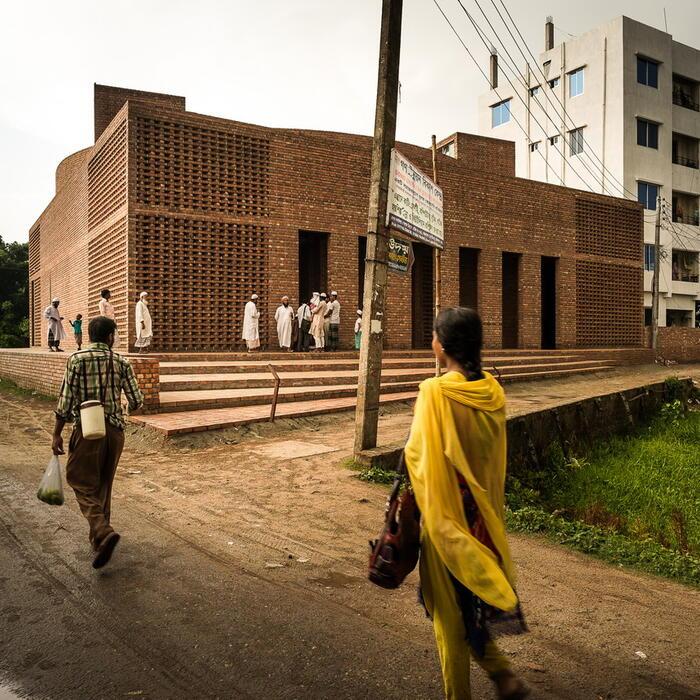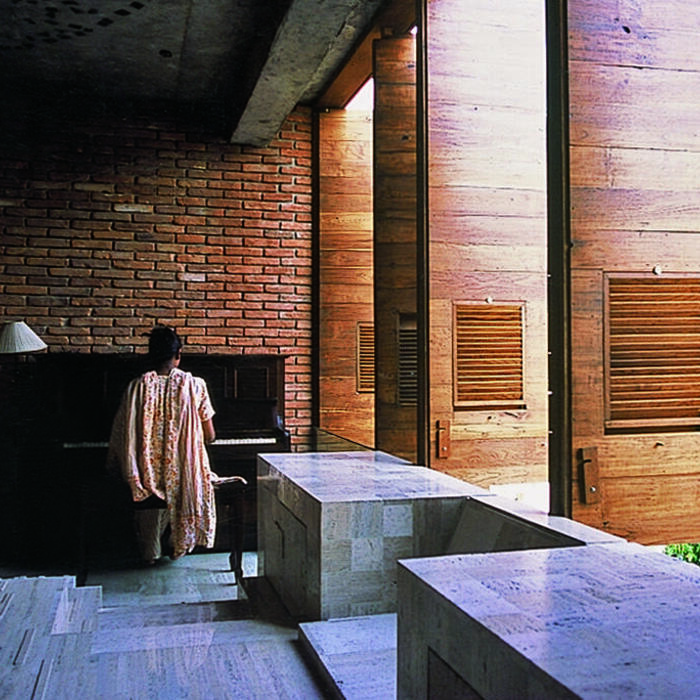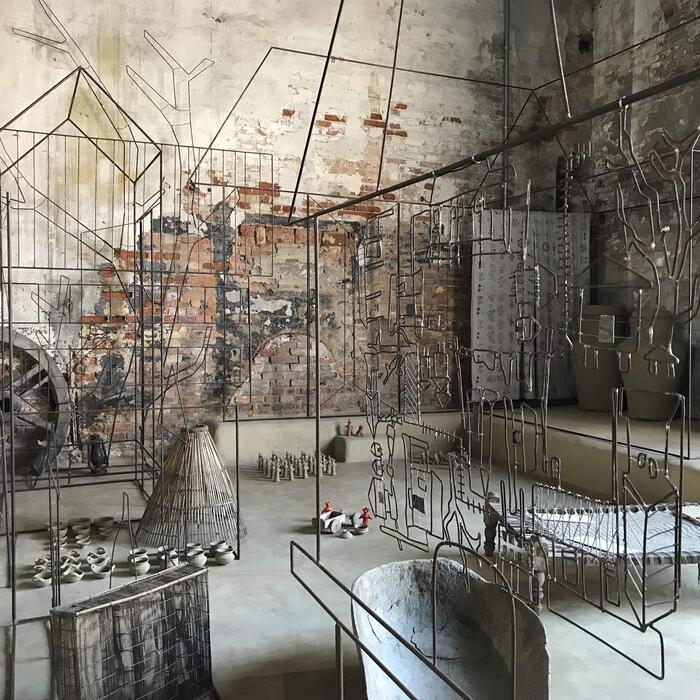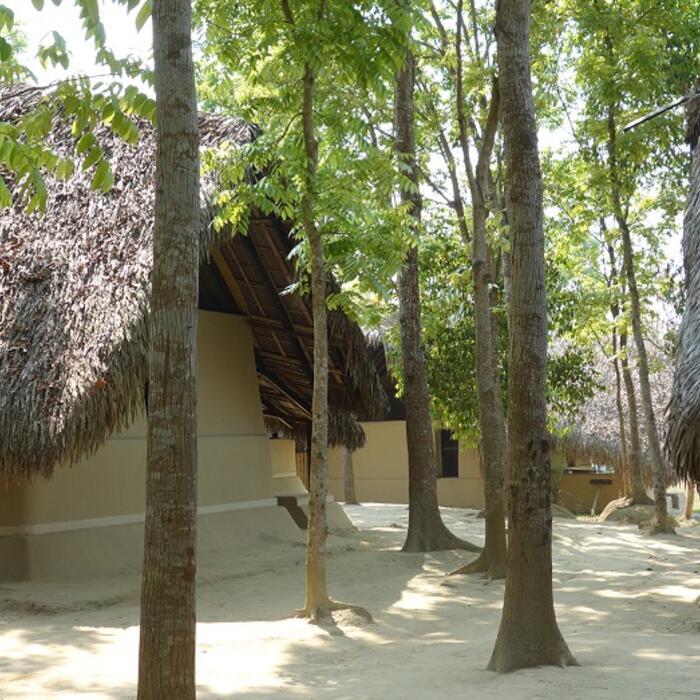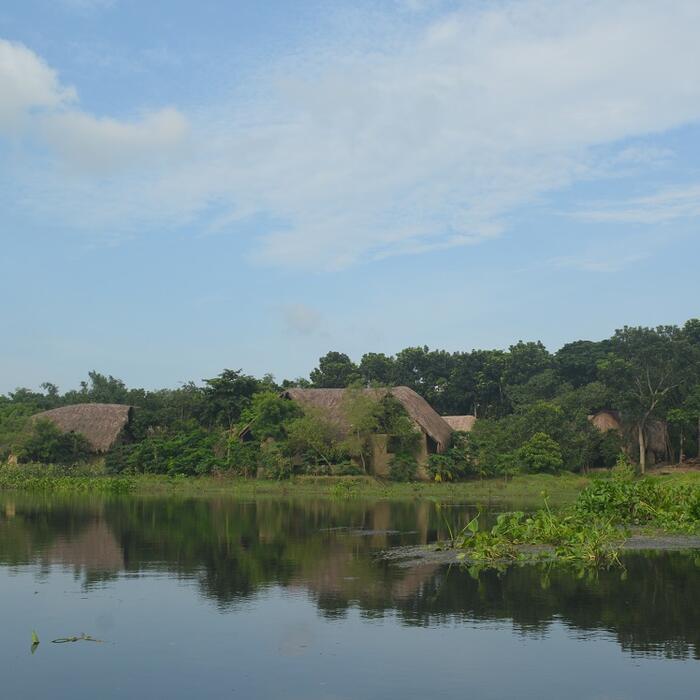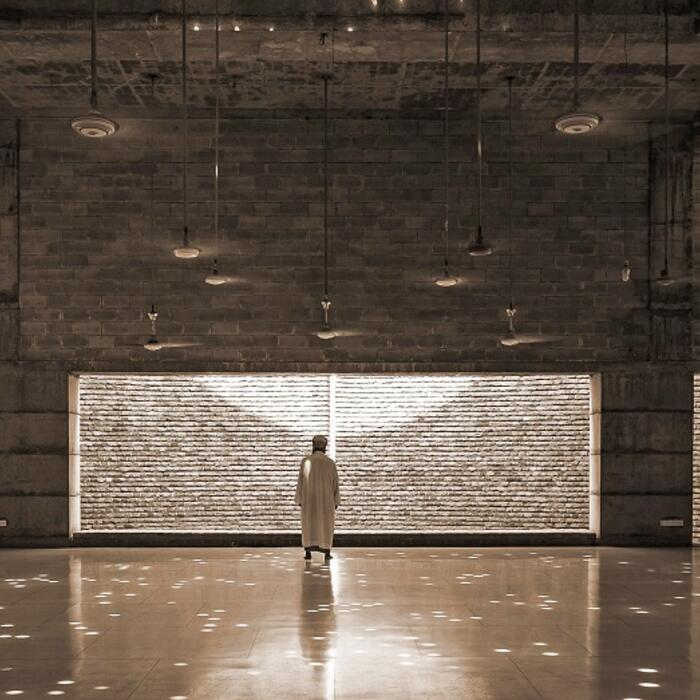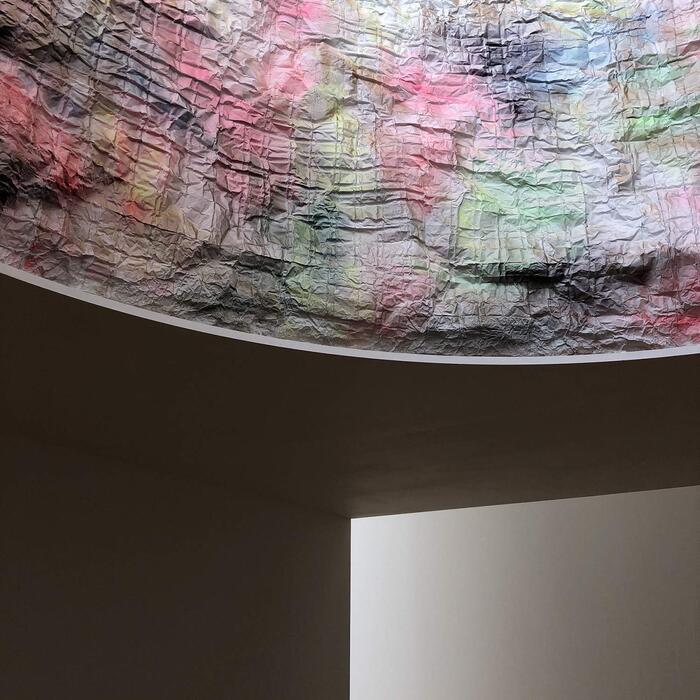Search results
Youth Panel Back to top
Find out more about our Youth Panel
The Youth Panel is a group of young people aged 15–24 who live, work or study in London. They help Sir John Soane’s Museum shape activities, events and opportunities we offer young people. It meets monthly at the Museum where you get to see behind the scenes and find out more about how a museum works.
Joining the Youth Panel provides a great opportunity to develop real skills that will be invaluable for your future, no matter what you choose to do. You also get to meet other young people, have fun and develop new skills and interests. You don’t need experience of museums to apply as we are looking for interested people who want to try something different and will gain the most from this opportunity.
“You really get to know every side of what goes on here and the inner workings of the museum as well as the many possible routes into working at a museum.”
“If you are passionate about museums, the study of the ancient world, architecture or even just learning in general, then we would love to have you!”
Applications are now closed for the 2026 intake.
The Soane Youth Panel is made possible thanks to the generous support of The Rothschild Foundation and The Anthony and Elizabeth Mellows’ Charitable Settlement.
Architectural Drawing Course Back to top
Run by an award-winning architect, this course offers 15 to 18 year olds a chance to develop a portfolio of drawings in preparation for future study at art or architecture school. The group visits a variety of buildings across London over the course of six sessions, where they receive group and one-to-one tutoring to develop their drawing skills.
Sessions take place on the third Saturday of the month between October and March. Please visit our What’s On section to book or see the link at the bottom of this page. For more information please email education@soane.org.uk.
The course is generously funded by the Alan Baxter Foundation.
Ways to explore Back to top
Highlights Tour
The classic tour of the Museum, our Highlights Tour will transport you back to Regency London, taking you through Sir John Soane's extraordinary home, left as it was at the time of his death in 1837. This tour visits the Museum's main highlights and ventures into the Private Apartments.
Private Apartments tour
We provide free tours of the Private Apartments, on the second floor, on Wednesdays, Fridays and Sundays. These were once the most intimate family spaces for Sir John and his wife Eliza, which have been lovingly restored to how they appeared when this unique Museum was a family home.
Our tours are led by our volunteers and start from the South Drawing Room on the first floor, at 2pm. Tours are expected to last for around 30 minutes. These free tours are not bookable in advance, and we can only take a maximum group size of eight into the Private Apartments, so we operate on a first-come first-served basis.
If you would like to join, please ask the Visitor Assistant in the South Drawing Room to note your name.
Drawing Office tour
We offer free tours of Sir John Soane's Drawing Office, the oldest surviving example of its kind, which opened to the public for the first time in its 200-year history in May 2023.
These tours take place on Thursdays and Saturdays at 2.30pm. Tours are expected to last around 20 minutes, departing from the Library-Dining Room. These free tours are not bookable in advance, and we can only take a maximum group size of six into the Drawing Office, so we operate on a first-come first-served basis.
If you would like to join, please ask the Visitor Assistant in the Library-Dining Room, on the ground floor, to note your name.
Please note: our ability to provide both Private Apartments and Drawing Office tours is subject to staff availability. When visiting us, please check with the Museum team to confirm if that day's tour is going ahead.
Private Tours and group bookings
If you are interested in exploring the Museum outside of our normal opening hours, read more about possible private tour options.
Group visits for between 8 and 20 people are welcome, but only on particular days and must be booked in advance. Here's everything you need to know about bringing a group to the Museum.
Bloomberg Connects - your free digital guide to the Museum
Discover the stories behind the Soane Museum with our new guide on the free Bloomberg Connects app. Bloomberg Connects, a free digital guide to cultural organizations, makes it easy to access and engage with arts and culture. Unique and exclusive multimedia guides, commentary from experts, and virtual activities offer insights into exhibitions and collections.
If you are using the app whilst visiting the Museum, we ask that you wear headphones whilst playing audio and video.
Explore Soane
If you're unable to visit the Museum in person, you can still enjoy a virtual tour around several of our amazing spaces, wherever you are in the world, using Explore Soane.
Visit digital replicas of Soane's Model Room, the atmospheric Sepulchral Chamber, the famous Picture Room, and the newly-restored Drawing Office, created using the latest photogrammetry scanning technology.
Accessibility Back to top
The Soane Museum welcomes disabled visitors, their families, friends and carers. If you would like to find out about accessibility, click here.
Balkrishna Doshi Back to top
New expression
I am happy that Marina Tabassum is gradually rediscovering herself and giving expression to her inner urges and inner searches on what is architecture for Bangladesh. Her work is culturally rooted, and in one way it’s also a lesson for the younger generation.
I have met Marina a few times and have seen her work. I was impressed by her first building, the apartment in Dhaka. I must say, it is a remarkable work that deals with issues, such as what is the meaning of architecture, what is the meaning of space, what is the understanding of light. These are the concerns that Marina’s work expresses. The Bait Ur Rouf Mosque and the more recent work she is currently engaged with are examples of this deep-rooted search.
Bangladesh has wonderful bricks and a great tradition of making brick. Marina very sensitively picked it up, and in the process she has heightened the quality of the material that belongs to the local conditions.
So I would say that true regionalism comes from the graceful use of the materials that are locally available. In Marina’s work the brick has found a new expression and for that I would like to congratulate her for trying to give prominence to regionality alongside her concern for climate, technology and scale.
From those points of view her work is a great departure, a great innovation and an emphasis of what architecture should be. Needless to say, I am more than happy for her recognition and proud that she is excelling every time.
An architect, urban planner, and educator for the past 70 years, Balkrishna Doshi has been instrumental in shaping the discourse of architecture throughout India and internationally. He is the architect of numerous built works, including the Indian Institute of Management (Bangalore, 1977–92) and the Centre for Environmental Planning and Technology (Ahmedabad, 1966–12). In 2018 he was awarded the Pritzker Architecture Prize.
Museum tours Back to top
We welcome community groups to the Museum throughout the year. Most recently, we have run tours for ESOL groups, Home Education groups, adult education groups and older people’s groups.
Our guided tours last for one hour and can accommodate up to 10 guests per tour. Community tours run in the morning on the first Thursday of each month.
Our community tours are free of charge, so if you are a not-for-profit community organisation and do not charge for membership, please contact us via education@soane.org.uk.
If you are unable to join us on the days available, or charge for membership, you can also visit us on Fridays as a Group, or book a Private Tour.
Brigitte Shim Back to top
Placemaking and modernity
I first became aware of the work of Marina Tabassum long before I ever met her. In 2007, while serving on the Aga Khan Award for Architecture jury, we reviewed a remarkable private residence located within a six-storey apartment building in Dhaka, Bangladesh. This exceptionally crafted project was clearly committed to modernity and placemaking simultaneously. The Pavilion Apartment blurred the boundaries between inside and outside. The exterior courtyard was the soul of the project, linking it to a long tradition of Mughal gardens. It provided a place of repose while ensuring natural ventilation within the vertical urban dwelling. Local handmade brick that had been skilfully installed showed us how earth can make magic. This sophisticated project stood in stark contrast to the numerous global projects that the master jury reviewed during the tenth award cycle. Even though this project did not receive an award, it left a deep impression on me. Many years later, I met Marina Tabassum, and I realised that she was one of the authors of this very knowing work. This early project is a laboratory and its many experiments and investigations provide a lens to view the body of work by Marina Tabassum Architects.
Marina Tabassum is amongst the early generation of architecture graduates from the Bangladesh University of Engineering and Technology. Her professors were mostly from Texas A & M and trained her colleagues to balance the poetics and the rational. Upon graduating, Marina quickly understood that Dhaka, like many global cities, was in the midst of an identity crisis as it erected so many placeless commodity buildings. She also observed the social inequity and disparity in many communities throughout her homeland. Many of her architecture classmates built successful design practices all around the world. Unlike her colleagues, Marina has never left home. She made a deliberate choice to live and work in Bangladesh. Her architectural practice is a force of resistance against the instant city, and she is always striving to realise built form that emerges directly from its place.
When Marina Tabassum lectures, she always begins with a lesson on the land. Her work emerges from the belief that geography, topography and climate give us our identity and uniqueness. She eloquently describes her birthplace as a dynamic delta where land and water are constantly in a state of flux. For Marina, impermanence created by the constant shift between land and water is linked to the psyche of the entire Bengal region. Monsoon season and growing seasons create distinct cycles that ebb and flow making it impossible to draw a singular line between land and water. The land is an eternal source of creative power that continually feeds and inspires Marina Tabassum’s poignant work as an educator and an architect.
Brigitte Shim is a principal of Shim-Sutcliffe Architects and a Professor at the Daniels Faculty of Architecture, Landscape & Design, University of Toronto.
Kazi Khaleed Ashraf Back to top
A Flow of Life
In her installation at the 2018 Venice Architecture Biennale, instead of showcasing her own work of a metropolitan verve or demonstrating a capability for abstract confabulation that most other architects posed, Marina Tabassum made a distilled presentation of a Bengali rural household in clay. The opening lines in the accompanying catalogue begin with a description of the first monsoon rain in an anonymous courtyard:
“First drops of monsoon rain, as they touch the earth vanish at the blink of an eye leaving a faint trace… The courtyard has been thirsty for a good rain. It hasn’t rained for five long months. The most blessed fragrance comes from the earth with the first shower of monsoon. An event of celebration in the Bengal Delta. As women rush to secure drying clothes hanging on the liner, children of the village run wild embracing the shower. It’s a happy rain.”
Such vivid attention to the delicate way of living in the Delta is a provocation for a new horizon.
The installation at the Biennale is a poetic homage to life in a village in Jessore, southern Bangladesh where Marina is developing a project called Panigram. Drawn from that project and its villages, the installation depicted the minimalist beauty of the clay courtyard (uthaan) of a house with various devices and agricultural tools that make for the theatre of life in the lush rural landscape. It’s perhaps a fine segue from the epic cinematic representation of the uthaan in Satyajit Ray’s classic film Panther Panchali.
Like the first drop of rain, leaving only a trace of its presence on earth, the house at the Biennale is a haunting extract from the Bengali landscape, reminding architects, if one were to listen, of the ethos of treading lightly. The everyday of a mundane house and its accoutrements was neatly turned extraordinary in the installation, revealing Tabassum’s studied exploration of village life as well as a deep connection with the people in the village. Tenuous as it is, the house is deeply connected to the landscape in its material, spatial and lived reality, which perhaps made it uncanny in the robust atmosphere at Venice. While the Baitur Rauf Mosque may be a condensation of her practices in an urban milieu – a beautifully crafted piece – and justifies a description of her as the elegant metropolitan architect, Marina Tabassum literally turns a new leaf with Panigram. It can be a great moralising and humbling lesson for architects, especially the urbane types, that architecture is not a one-off thing but embedded in the flow of life.
Kazi Khaleed Ashraf is a Bangladeshi architect, urbanist and architectural historian. He directs the Bengal Institute for Architecture, Landscapes and Settlements in Dhaka, Bangladesh.
Artspace Back to top
Artspace is our programme for people living with dementia and their carers. The programme offers a convivial space for participants to get to know each other through discovering history and art, with plenty of time for sharing their own stories over tea and biscuits. Our goal is to promote lifelong learning and to enhance the wellbeing of participants through this work.
If you are interested in coming along to our next Artspace as a group or as an individual, email education@soane.org.uk.
Rana Begum Back to top
Truthfulness in Materials
In 2018, I was lucky enough to visit the Baitur Rauf Mosque during a visit to the Dhaka Art Summit. Marina’s use of light and material took my breath away. I felt an immediate connection to the space. I spent hours just observing, meditating, taking in the sense of calm.
Above all, Marina’s work really resonated with me and my own practice as an artist. I loved her emphasis on material, allowing it to speak for itself and not to be disguised or embellished. There is a truthfulness in this that speaks to me. Materiality is at the core of my work. I love the variability in texture, functionality and the way light is absorbed, refracted or reflected.
After this visit, Marina and I were both invited by the Whitechapel Gallery to participate in the Is This Tomorrow? exhibition of 2019. The gallery invited ten groups of artists and architects to collaborate and explore their visions of the future. Marina and I met up, talked, discussed, played around with materials in the studio. At the time, the political and social landscapes were turbulent. There was a lot of disconnect, an increase in barriers and isolation. However, Marina and I had a shared vision for the future: one of spaces that brought people together and allowed room for dialogue. For the exhibition, we felt there was a real need to create a meditative space – allowing the changing natural light to flood in was integral to this. When the space was realised, the next challenge was emphasising the light even more, to fully engage the viewer’s senses. We did this through the surface application.
After the Whitechapel exhibition, the work toured to Concrete, Dubai. At Concrete it was shown outside, which Marina and I agreed brought an additional layer to the work. The location allowed viewers to develop a different relationship with the work, one closely connected to natural elements.
Marina is an architect making buildings for people to live and work in. My work deals with space, colour and light. It requires material/medium to be manipulated to create experiences. I often think about my work as being architectural in nature, but ultimately most of the things that I make do not have a real function. The thing that we share is the wish to make spaces that are sensorially stimulating, and it is in this area that our collaborations have been most rich.
Rana Begum blurs the boundaries between sculpture, painting and architecture. Her visual language draws from the urban landscape as well as geometric patterns from traditional Islamic art and architecture. She is the recipient of the Jack Goldhill Award for Sculpture (2012) and the Abraaj Group Art Prize (2017). Born in Bangladesh, she lives and works in London.
